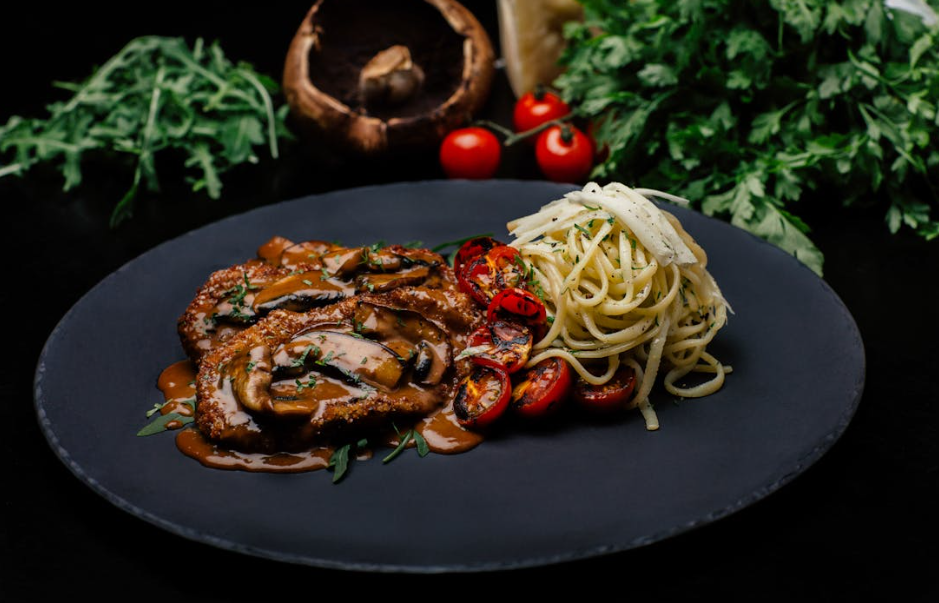Have you ever tasted a dish that felt like a blooming garden on your plate? Welcome to the world of Floral Fusion, where botanicals and cuisine harmoniously blend to create an unforgettable dining experience. This culinary art combines the beauty, fragrance, and flavor of flowers with food, turning ordinary recipes into extraordinary delicacies.
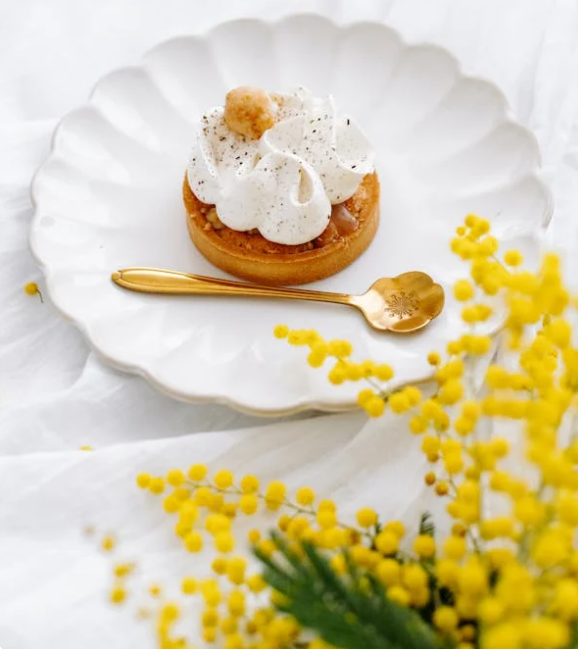
The History of Edible Flowers
Ancient Uses of Flowers in Cuisine
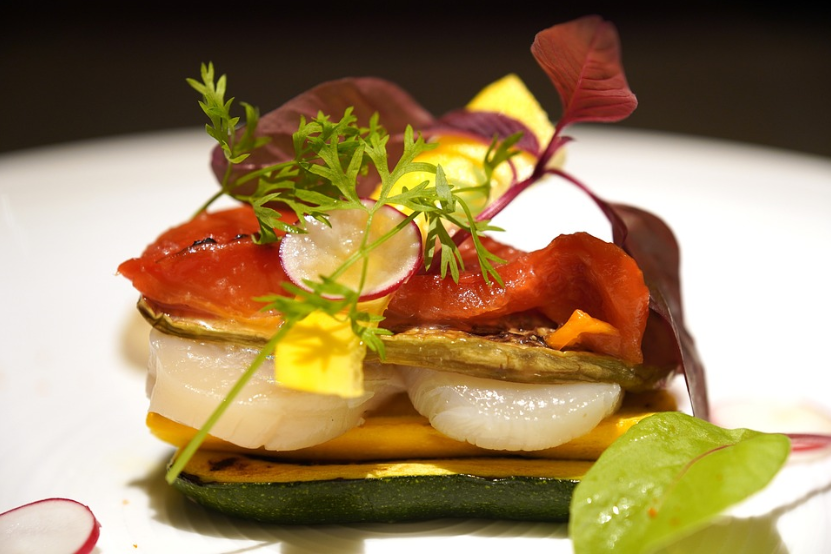
Edible flowers have been used in cooking for centuries. Ancient Romans garnished their meals with violets, while Chinese dynasties infused teas with jasmine blossoms.
Modern Revival of Floral Fusion
Today, floral cuisine is making a comeback, gracing the menus of top restaurants and home kitchens alike. The rise of organic farming and sustainability has played a significant role in this revival.
Popular Edible Flowers
Rose
A timeless symbol of beauty, roses add a delicate floral note to jams, syrups, and desserts.
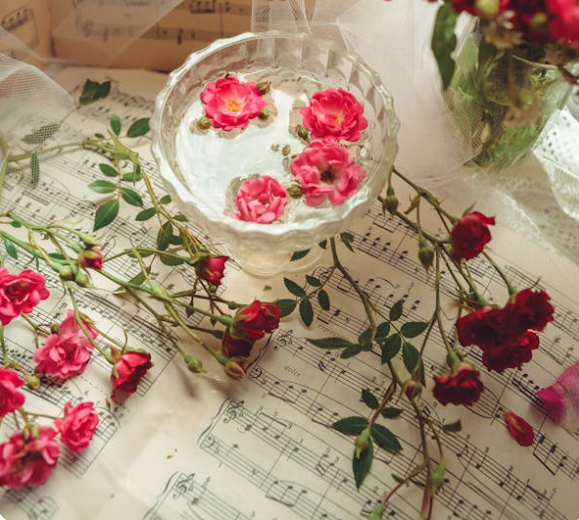
Lavender
Known for its calming scent, lavender enhances baked goods, teas, and even savory dishes like roasted lamb.
Hibiscus
With a tart, cranberry-like flavor, hibiscus is perfect for teas, cocktails, and vibrant salads.
Violet
Sweet and fragrant, violets are often used in candies, jellies, and decorative garnishes.
Jasmine
Popular in Asian cuisine, jasmine flowers infuse teas, rice dishes, and desserts with their exotic aroma.
Health Benefits of Edible Flowers
Nutritional Value
Edible flowers are rich in vitamins, antioxidants, and essential oils, making them both flavorful and nutritious.
Medicinal Properties
Lavender helps relieve stress, while hibiscus lowers blood pressure and boosts immunity.
Floral Fusion in Global Cuisines
Asian Cuisine
From jasmine tea in China to rosewater desserts in India, flowers play a prominent role in Asian dishes.
European Cuisine
Lavender-infused desserts and elderflower syrups are popular in French and British cuisine.
Middle Eastern Cuisine
Rosewater is a staple in Middle Eastern sweets like baklava and Turkish delight.
Latin American Cuisine
Hibiscus flowers, known as jamaica, are brewed into refreshing drinks and sauces.
Cooking with Flowers: Tips & Tricks
How to Choose Edible Flowers
Always opt for organic, pesticide-free blooms from trusted sources.
Preparation Techniques
Wash flowers gently in cold water and remove any bitter parts like stems and stamens.
Safety Considerations
Not all flowers are edible—some can be toxic. Research thoroughly before adding flowers to your dish.
Floral Drinks and Cocktails
Floral Teas
Chamomile, hibiscus, and jasmine teas are soothing and aromatic beverages enjoyed worldwide.
Infused Cocktails
Lavender gin tonics and rose margaritas add a botanical twist to classic drinks.
Desserts and Baked Goods with Flowers
Floral Cakes
Delicate rose and lavender cakes are both visually stunning and delicious.
Infused Syrups
Simple syrups made from lavender or rose enhance cocktails, pancakes, and desserts.
Floral Ice Cream
Hibiscus or lavender ice creams offer a unique and refreshing treat.
Savory Dishes with Flowers
Salads
Edible flowers like nasturtiums and pansies add color and flavor to fresh salads.
Soups
Chive blossoms and calendula petals bring a mild onion flavor to soups.
Pasta Dishes
Herb-infused pastas garnished with edible blooms create an elegant presentation.
Floral Fusion in Fine Dining
Michelin-Star Restaurants
Top chefs around the world are incorporating floral elements into their tasting menus.
Celebrity Chefs and Floral Cuisine
Chefs like Heston Blumenthal and Alice Waters are known for their innovative floral dishes.
DIY Floral Fusion Recipes
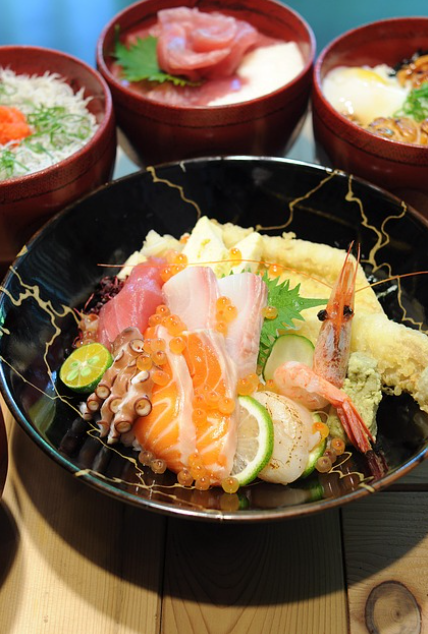
Rose Petal Jam
A fragrant, sweet spread perfect for toast or pastries.
Lavender Lemonade
Refreshing and aromatic, ideal for summer days.
Hibiscus Salad
A vibrant salad with tangy hibiscus petals and citrus vinaigrette.
Benefits of Floral Fusion for Sustainability
Organic Farming
Edible flowers promote eco-friendly farming practices.
Zero Waste Cooking
Using flowers reduces food waste by utilizing all parts of the plant.
Challenges in Floral Fusion
Availability
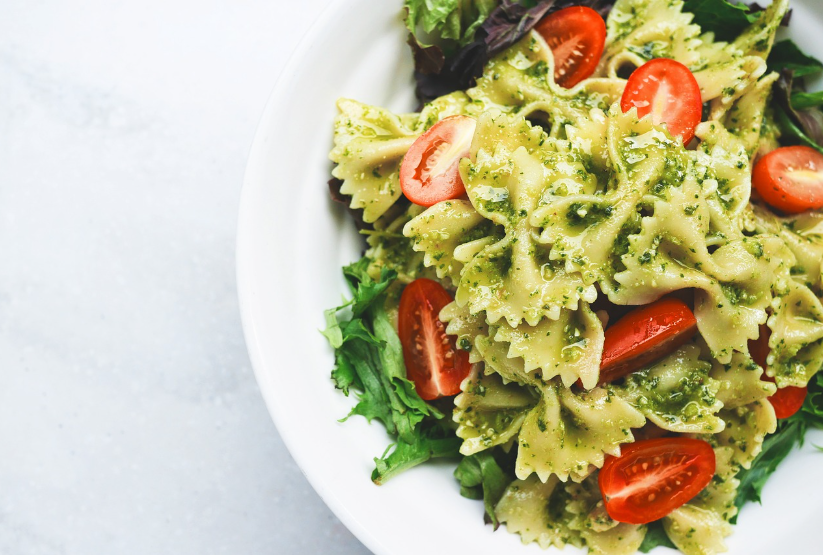
Fresh edible flowers can be difficult to find in certain regions.
Cost
Organic flowers are often more expensive than conventional produce.
Allergies
Some individuals may experience allergic reactions to certain flowers.
Future of Floral Fusion
Emerging Trends
Floral cuisine is expanding with innovations like edible flower powders and botanical cocktails.
Innovation in Floral Cuisine
Chefs and mixologists are experimenting with new ways to incorporate flowers into dishes and drinks.
Floral Fusion is more than just a culinary trend—it’s an art form that celebrates nature’s beauty and flavor. Whether you’re sipping on a lavender cocktail or indulging in a rose petal dessert, flowers add a unique sensory experience to every bite.
